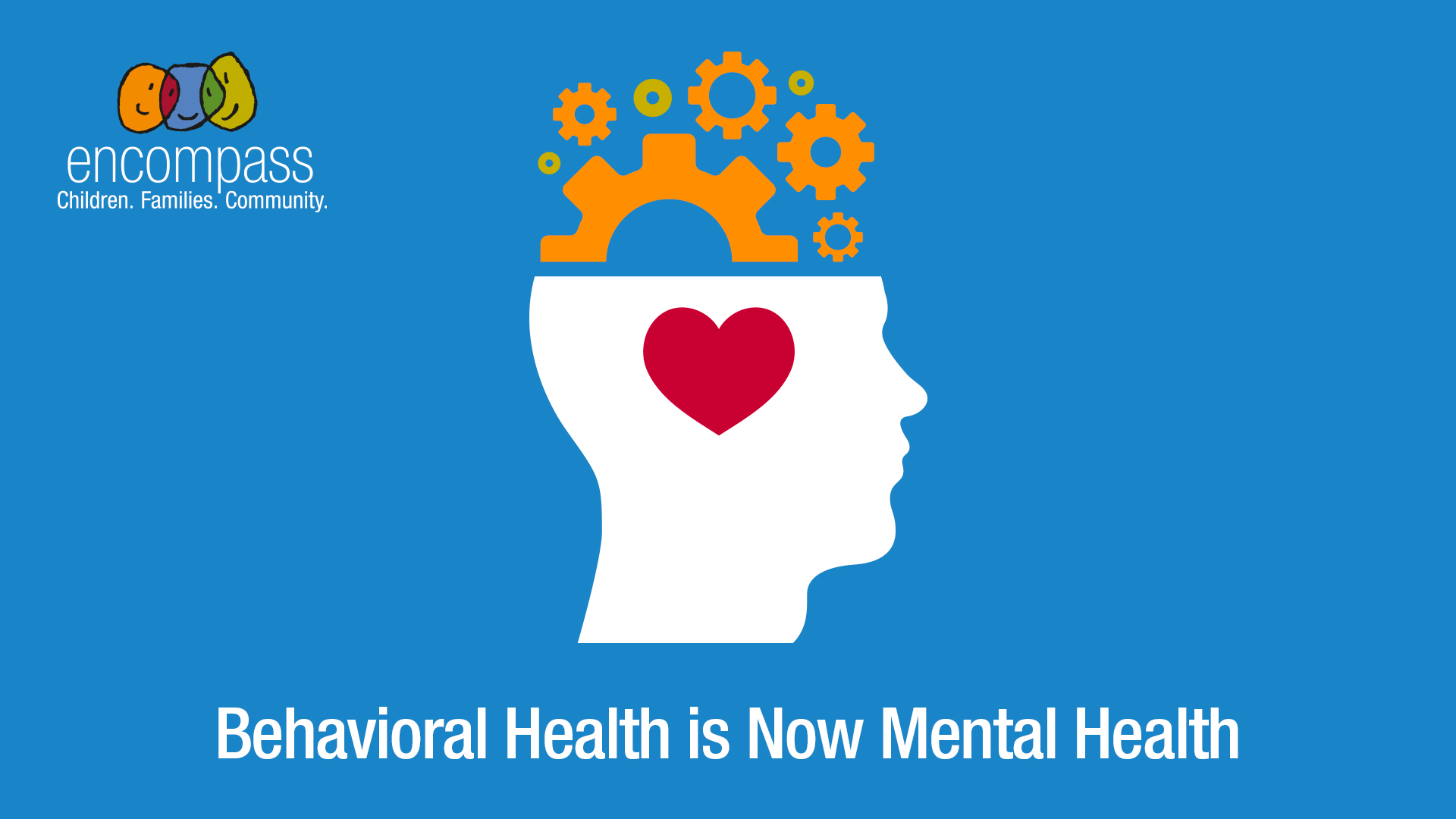Holiday Family Dinner Survival Guide

For many us, this time of year means togetherness: holiday parties, religious services, get-togethers, and the often-complicated Family Dinner. Family Dinners can be especially stressful, and not just because you’re concerned about overcooking the turkey or having perfectly clean baseboards. Family Dinners often put a spotlight on child behavior at the dinner table, and with that can come big feelings.
Expectations for child behavior during mealtime vary greatly. Whether it is between generations, cultures, geographic locations, or even just parenting style, beliefs about how children should behave at the dinner table are numerous and often strongly held. While your laid back millennial cousins may allow their child to use an iPad during dinner, your great aunt may be of the school that children are to be “seen and not heard.” Your busy weeknight dinners may result in “whatever it takes for you to eat this in 10 minutes,” while your in-laws may expect no toys or screens at the table.
So how can you navigate these varying behavior expectations while promoting an enjoyable Family Dinner?
- Identify the current mode of eating behavior. Where does your child eat meals? Where does your child sit? Are screens on during meals? Identifying the differences between your typical family meals and your Family Dinner can help you adjust your expectations.
- Walk before you run. Changing one small expectation is enough. Maybe your child only takes one quiet toy to the table, rather than their usual handheld video game. Maybe just sitting at the table is enough of a change in routine.
- Remember that the level of importance you place on the Family Dinner may not be shared by your child. While you may find great importance in a beautifully-set table with coordinating dishes and a specially-curated playlist playing softly in the background, your child may just want to get through this and get back to playing with their cousins. As a great woman once said, “let it go.”
- Realize that your Family Dinner might not look like what you see on TV. Meet your child where they are: if your child needs movement to feel calm, intentionally schedule in movement breaks. Maybe everyone stands up and does a few stretches or your child has a stress ball available to squeeze. Allow your child to leave the table before the adults do. Maybe your child isn’t ready to sit at the table with so much sensory input from the sights, sounds, and smells. That’s okay.
- Do not force your child to eat all the food. And a little louder for those sitting in the back row: Family Dinner is not the time to suddenly expect your child who has a limited food repertoire to try new foods. Make sure to have at least one or two foods on the table that your child can and typically will eat. Remember: you are responsible for presenting your child with food. Your child gets to decide if and how much to eat.
- Reason over rules. What is the reason for your Family Dinner? Likely it is to spend time with those you love in a pleasant setting. This might not be the time to introduce new rules to meals. If your child always has a screen during meals, maybe this year we allow the iPad at the table. And when your beloved family member with differing expectations voices concern, thank them for their concern and inform them you are looking forward to decreasing screens during meals in the new year, but for today you are focusing on enjoying each other’s company.
- Snacks can save you. No one is at their best hungry, so make sure your children have at least a quick snack before Family Dinner. Even just a few crackers can help you avoid the hazards of “hanger.”
Holiday meals are a wonderful time to reconnect with family members over a special meal. A bit of planning and flexibility with your children, as well as with your own expectations, can go a long way in making sure Family Dinner is enjoyable for everyone.














